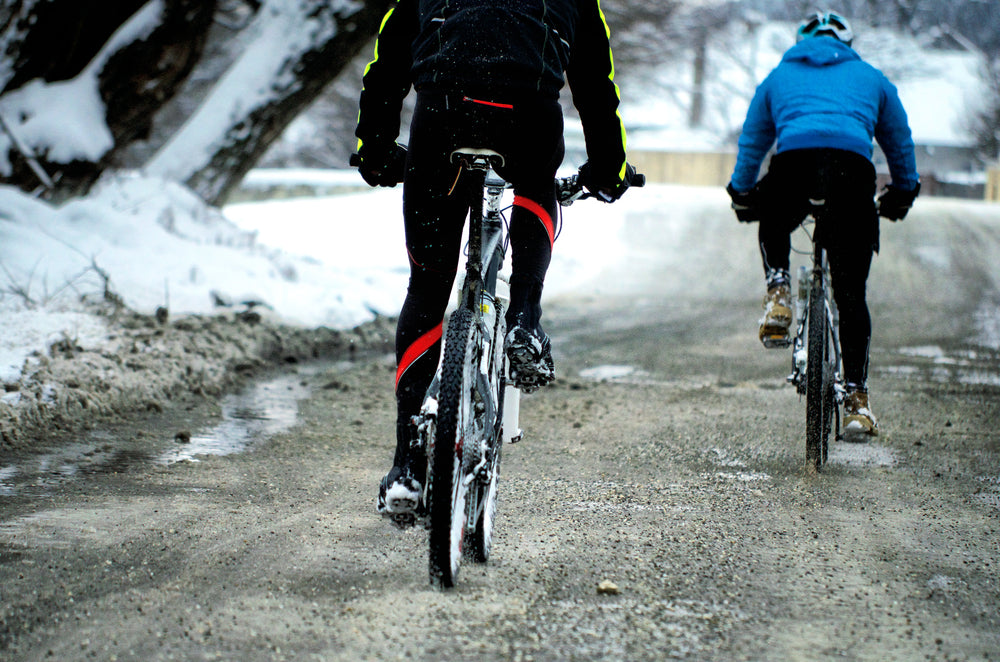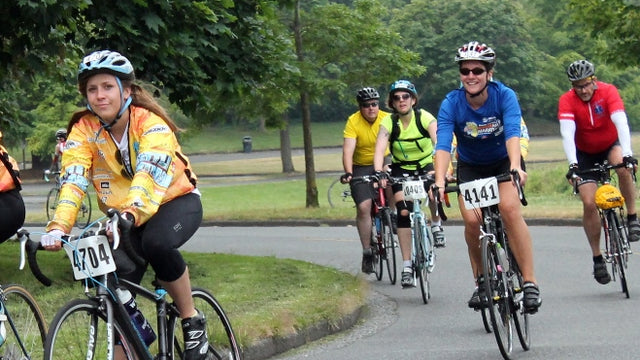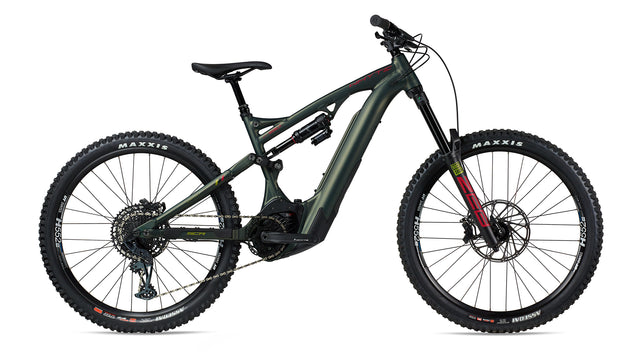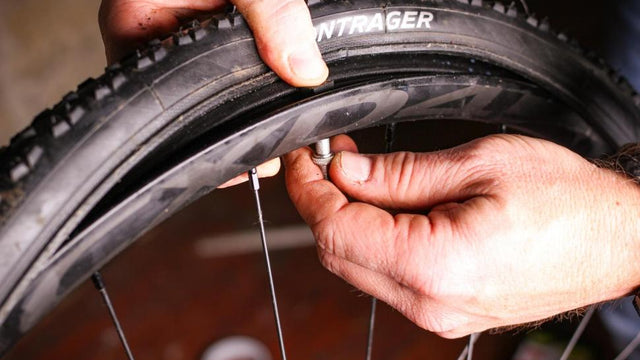Cycling in winter can be daunting idea, even for those of us who have ridden in the colder months many times before. Although we all would all rather be riding in warm weather, there’s still a lot of enjoyment to be had from winter riding and getting out in the fresh air. So here are some key points to consider when winter of cycling.
The most obvious and arguably important factor in winter weather riding is clothing. A full set of winter clothing can at first seem like a large expense, but choosing the right windproof, thermal or waterproof, plus layering up can give you a range of clothing that can keep you dry and warm on rides in all weather conditions. The temptation is to put on a thick fleece and a waterproof to stave off the cold, but these will make you sweat, even when the temperature is nudging zero. Which can accumulate under your clothes to make you feel wet, cold and clammy. The best option is to use cycle-specific clothing as that the correct properties to keep you moisture-free. Also essential is good quality winter/windproof gloves and overshoes. These will keep your hands and feet warm – these are the most susceptible areas to getting cold first. Another essential item is clear or lightly tinted glasses as these will keep spray and grit out of your eyes during your ride.
As the winter weather sets in the more likely you are to get a puncture and this usually happens at the most inconvenient point of the ride. When going on a ride, make sure that you have at least two tubes and a working pump. Some people use by CO2 cartridges to inflate their tyres, but even with cartridges a small backup pump is a valuable piece of kit.
Wider tyres are great for winter riding as riding around damp, mucky lanes on your 23mm racing tyres is not the best idea. Opt for tyres that offer a degree of puncture protection and are harder wearing, they don’t stop all punctures, but every little helps. Tubeless tyres are also an option, those these are currently slightly more expensive and more fiddly to install than regular tyres and tubes.
More and more riders are now using lights all year round in daylight to highlight their presence to other road users. In winter, this is more important as it can get very gloomy on overcast winter days when the sun is at its weakest. Small, light and very bright rechargeable LED lights are excellent and won’t break the bank. Make sure that your lights are charged before every ride.
Use mudguards, they are an essential and your backside and the rider behind will thanks you for it. Any cycling club member will know, mudguards are a must in the winter. The spray and grunge kicked up as you ride along can land directly into your face, water bottle, up your back and soak your backside.vIt not nice and easily avoidable.
You should keep your bike in tip-top condition at all times, of course, but in winter you’ll need to pay particular attention to moving parts, such as your chain, gears, cables, hubs and bottom bracket. Wash off the accumulated grime regularly and give it a regular look over. Keep your chain oiled regularly, and make sure that your cables are in good shape. Salty water off gritted roads can play havoc with components. By keeping on top of your bike’s maintenance you can minimize the number of mechanical mishaps you may have when out riding.
An aluminium-framed road bike with mudguards, puncture-resistant tyres and lights makes the perfect winter machine. Save your carbon bike for the sunny warm days. Many riders keep hold of an old bike when they buy a new one, and turn it into a winter bike. Others option is to buy a bike specifically for the purpose: Gravel bikes are popular as winter bikes, as are cheaper aluminium-framed road bikes. With your winter bike, you can reasonably expect to see your average speed drop, but come spring you’ll flying when you get back on your best bike.
Eating & drinking enough before and during a ride is just as important in winter as it is at any other time of year. Be aware that some energy bars can become very hard if the temperature gets pretty low, try to keep them somewhere warm or you could opt for a gel instead. Make sure you keep drinking regularly as well as fluid loss happens when cycling at any temperature. If the temperature is really cold you could try mixing your drink with hot or warm water.
Of course, a café stop on longer rides is even more essential during winter, giving you a chance to have a hot drink and a large slice of cake.
Don't forget to check the weather before you leave, and be prepared for the worst. Of course you can always stay in and get on the turbo trainer





